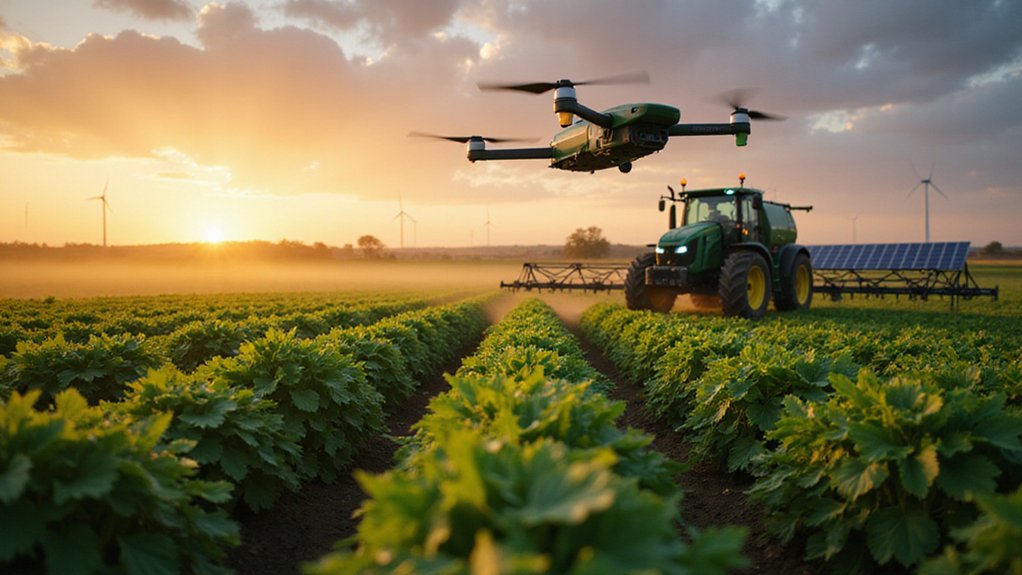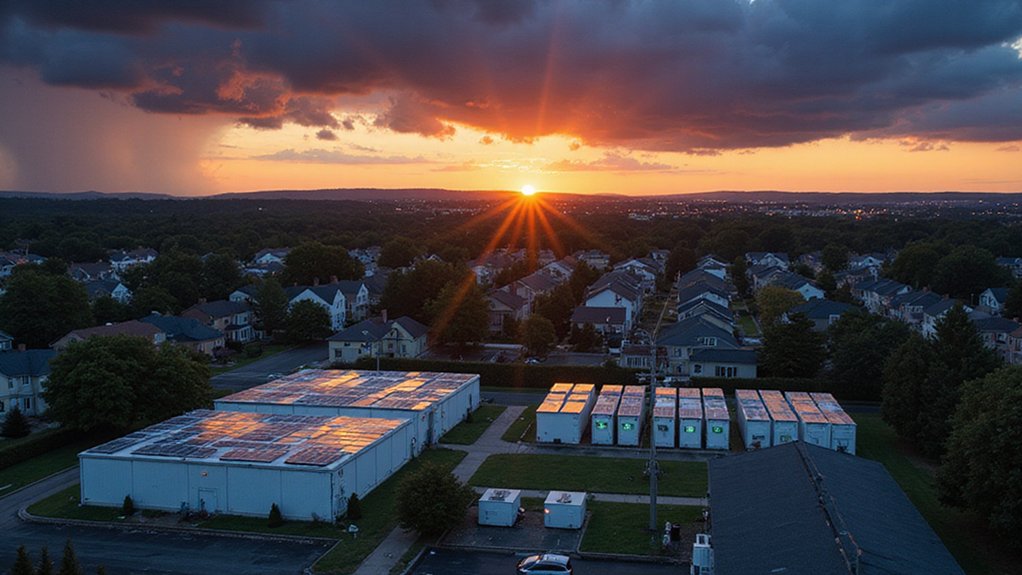While scientists have long searched for ways to combat climate change, a breakthrough technology disclosed in New York City’s Garment District this May offers a surprising solution. The world’s first air-to-gasoline machine, roughly the size of a refrigerator, transforms ordinary air and water into engine-ready fuel using only renewable electricity.
This groundbreaking device captures carbon dioxide directly from the atmosphere and combines it with hydrogen from water to create real gasoline through a catalytic process. The fuel produced is exceptionally clean – free of sulfur, heavy metals, and ethanol – while being fully compatible with existing engines and infrastructure.
“This isn’t just about making fuel differently,” explained one of the engineers at the demonstration. “It’s about creating a carbon cycle that doesn’t depend on fossil extraction.” When powered by renewable energy sources like solar or wind, the system has carbon-negative potential, actually reducing greenhouse gases in the atmosphere. Unlike geothermal energy, which provides baseload power with a 96% capacity factor, this technology can be deployed almost anywhere.
The compact, modular design makes the technology ideal for remote or off-grid locations where traditional fuel delivery is challenging. It’s capable of producing gasoline on-site and in real time, enabling decentralized fuel production wherever it’s needed.
Game-changer for remote areas—compact technology delivers real-time gasoline production directly where it’s needed most.
Investors gathered at the disclosure expressed enthusiasm for the technology’s commercial potential. The machine aligns with climate goals by offering a pathway to decarbonize the transport sector while maintaining compatibility with the billions of vehicles already on roads worldwide.
Energy efficiency remains a challenge, as the CO₂-to-fuel conversion requires significant electricity. The system employs precision technology similar to Formula 1 cars, which use variable displacement mechanisms to adjust fuel supply based on demand. Research teams continue working to optimize the energy consumption and output yield of future models.
Government representatives at the event highlighted how the innovation could help meet national climate targets while supporting energy independence. The technology builds on decades of direct air capture research but represents the first working machine of its kind deployed in the United States.
For everyday Americans, this means the possibility of cleaner fuel without changing their cars or how they fuel them – a practical step toward addressing climate change without disrupting daily life. Aircela plans to begin initial deployments of these revolutionary machines in fall 2025.
References
- https://www.globenewswire.com/news-release/2025/05/22/3086732/0/en/First-U-S-Machine-to-Turn-Air-into-Gasoline-Debuts-in-NYC.html
- https://www.racecar-engineering.com/articles/f1/technology-explained-f1-fuel-systems/
- https://au.haynes.com/blogs/tips-tutorials/air-to-fuel-ratio-afr-explained
- https://www.globenewswire.com/news-release/2025/05/15/3082353/0/en/Aircela-Unveils-Machine-That-Turns-Air-into-Fossil-Free-Gasoline.html
- https://19january2021snapshot.epa.gov/sites/static/files/2016-06/documents/auto-air-fuel-ratio.pdf








